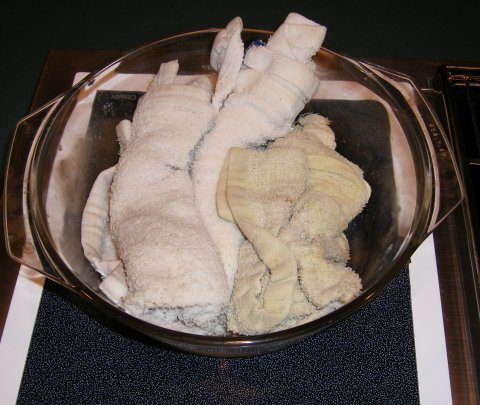BBA Challenge 2011 Cinnamon Raisin Pecan Bread
Couldn't help but want to share this link from "I Can Has Cheezburger" Lolcat bread pic.... On to my raisin bread, which turned out pretty good. I used Winter White Wheat, red wheat is simply to strong flavored for making a good cinnamon bread. I like the red wheat for my cereal bread though! The darkness of the crumb is mostly from the cinnamon th
- Log in or register to post comments
- 2 comments
- View post
- Jo_Jo_'s Blog




